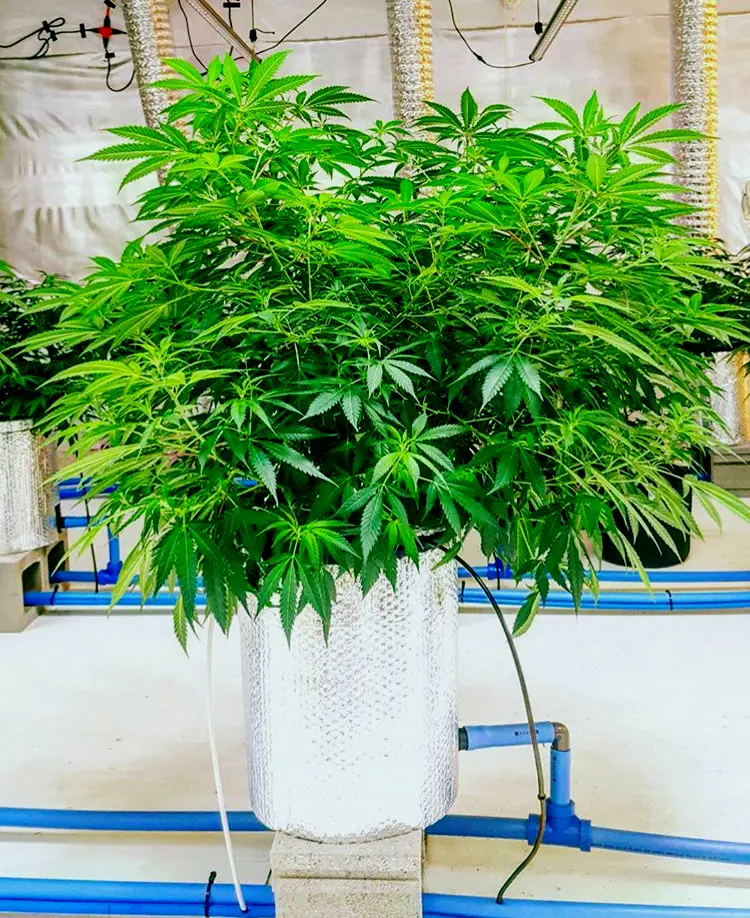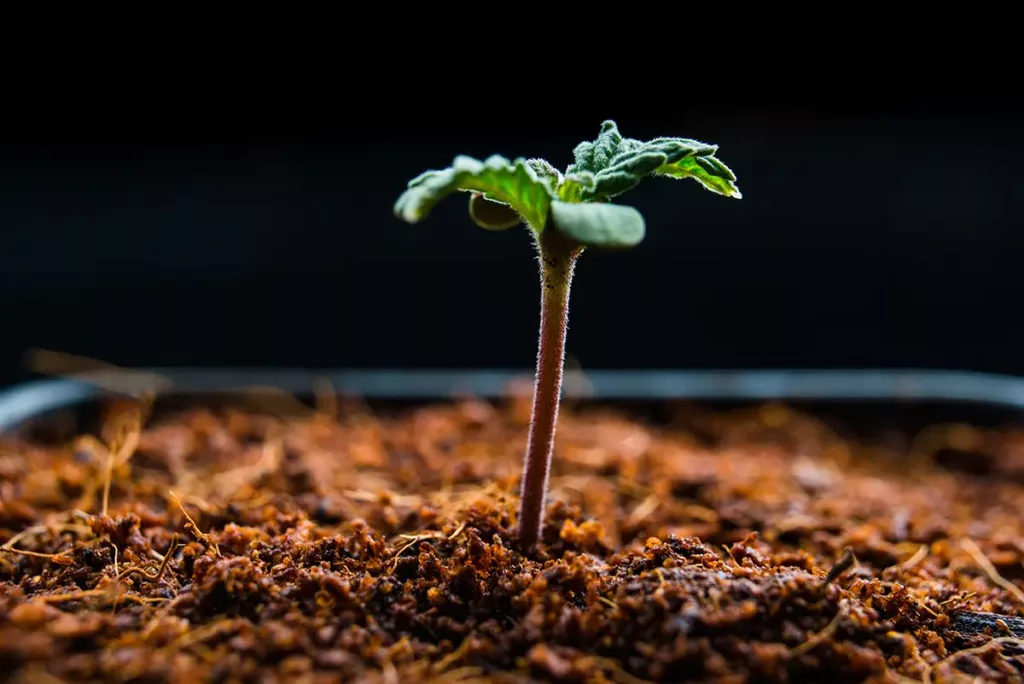Water Savings Between Recirculating Hydroponics & Drain To Waste
The water consumption of your growing system is directly related to how much nutrients or money you need to shell out over time. This makes water savings within your grow system very important for not only saving the earth, but also your wallet!
Let’s explore the different growing systems and the water consumption they produce.
Difference In Water Consumption?
Every growing system consumes water differently. There are two main families of growing systems. Drain to waste and recirculating hydroponics. The drain to waste family of systems , or DTW consists of soil, coconut husk and rockwool growing. These are considered drain to waste because your water and nutrients (usually 10% – 15%) drains out the bottom and preferably on to a system of tables that are piped out the building but sometimes on to plant saucers. This family is considered drain to waste because the drainage is not usable as its contaminated with exposure to the table and light. This family of growing systems consumes far more water and nutrients than a recirculating hydroponics system.
Analytics
Big Water & Nutrient Savings?
Not only do recirculating hydroponics indoor growing systems save you big amounts of money on nutrients, but they also save you tons of valuable time spent in labor. If all that isn’t enough, it also helps the planet! Then, why isn’t everyone growing in hydroponics?
Recirculating hydroponics is scary to many people mostly due to the learning curve and higher expense, but it doesn’t need to be! Recirculating systems will cost more up front, instantly making drain to waste style systems the go to choice for beginners and people on a low budget. But what are they missing out on?
People who opt out of going down the recirculating hydroponics route often end up staying in a drain to waste or soil growing system as there are generally two different types of growers, the get it grown and out the door type, and the true craftsmen that want the best for their garden and customers. However, the meticulous type that don’t mind investing in their gardens will be rewarded with low maintenance and explosive growth.
We Love Designing Your Grow Systems!
For every gallon of water added to your growing system or feed tanks you will want an average of 2 – 8 ml of nutrient solution, generally between 3 – 8 different products amongst base nutrients, additives and pH adjusters. Granted you don’t want to purchase every shiny new bottle of nutrients out there, and less is more, but even the most basic nutrient feed program usually has at least 3 different products used.
Nutrients can be one of the largest on going regular soft costs in a growing operation along with your hydro bill. Its not uncommon for a 60 – 80 light grow facility operating a drain to waste style grow to spend over $10,000.00 a month on fertigation needs. You will want to keep this in mind when you are building your facility and always try to think far ahead about your growing system before you decide what to set up.
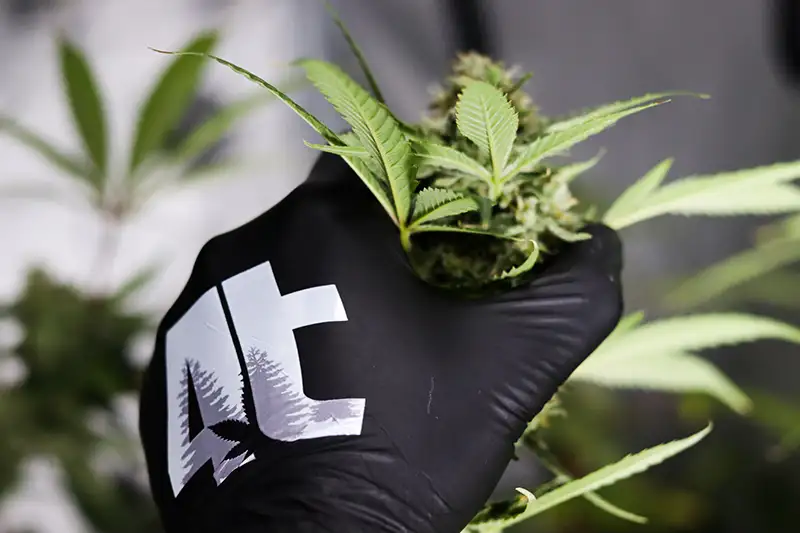
A hydroponic system that recirculates will consume on average over 90% less water and nutrients than its drain to waste counterpart. This directly works out to major savings for you as the grower in money spent on a regular basis from water and nutrient savings.
- Recirculating hydro systems save over 90% of the water and nutrients used apposed to DTW systems.
- The drain to waste family of systems is cheaper to get started in and has an easier learning curve.
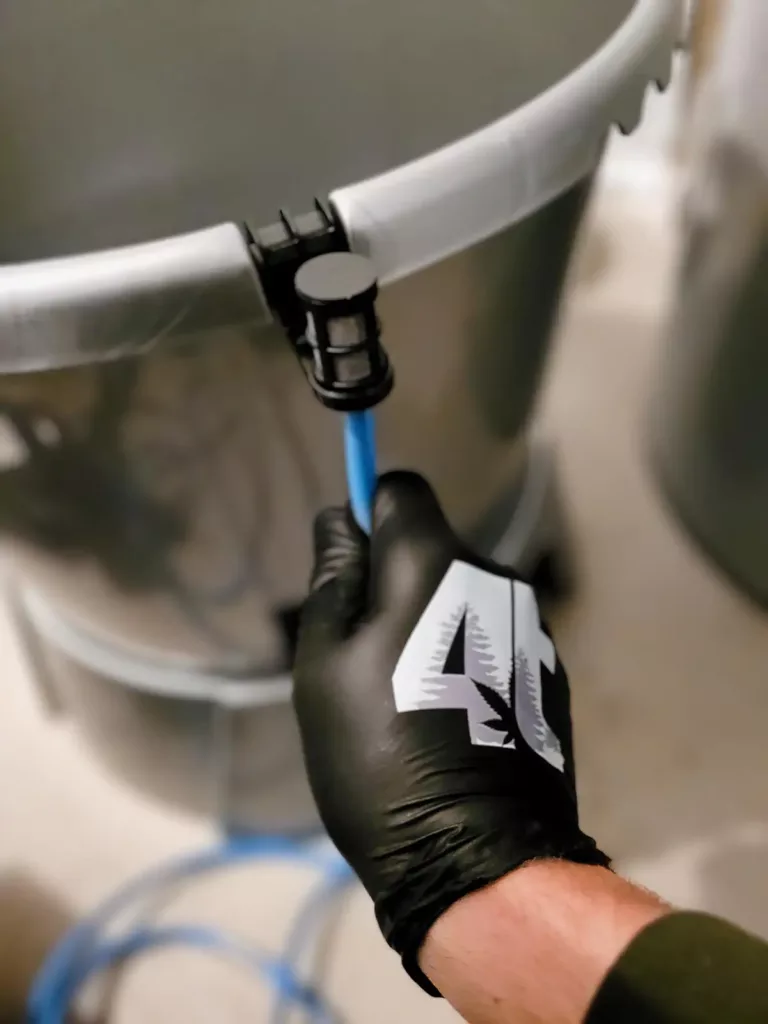
Recirculating Water Culture
Deep water culture (DWC or RDWC) is the most famous recirculating water culture technique in the cannabis growing world. With nutrient film technique coming in second, aeroponics third and fogponics or aquaponics last. This certainly doesn’t make aeroponics, fogponics or aquaponics bad, they are just so advanced that it makes them a bit more of a niche.
Any of the above systems will operate with a pump on either 24 hours a day or on and off every 5 minutes or so depending on the style of growing system. This makes them recirculating in the sense that they can recycle their feed water due to the entire systems being completely out of the light and sterile. Unlike the water run off on a grow table or plant saucers in a drain to waste method which should never be re used.
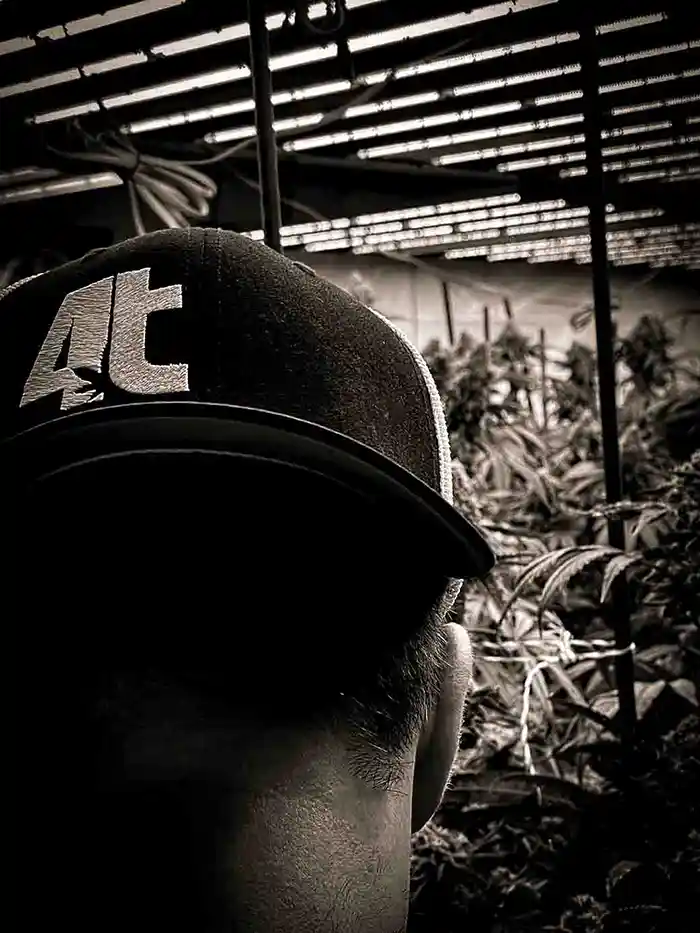
Planning Your System
The importance of carefully thinking about the future water consumption of your system is not only important for water conservation and money spent on nutrients over time. It’s also a key factor in planning a grow facility in a new spot.
This can make it or break it for certain grow sites with minimal or no water so knowing your options is crucial.
If your area is on well water and you only have access to a certain amount of water between your well and the reverse osmosis filter stealing a portion of your water each day then its very important to consider a good growing system that consumes less water.
Considering a drain to waste system or recirculating system for your next grow? The best practice is to jump to the drawing board and do some math. Not a fan of math? 4trees Cannabis Building offers complete planning packages for your growing systems or facilities. Stop by the 4trees HQ on your way out and learn more.

